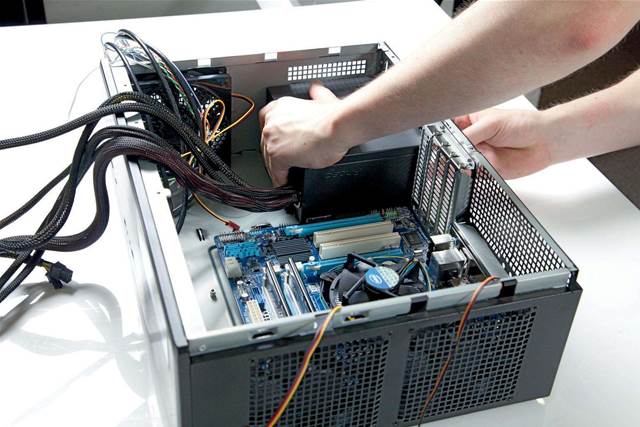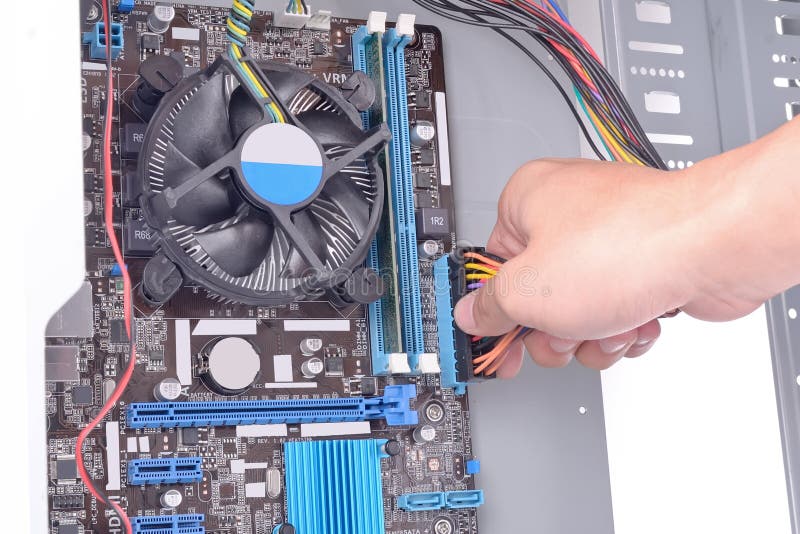Build A Personal Computer

What You Need
Before starting the build, it's essential to have all the necessary components. Here is a list of what you will need:
- Processor (CPU)
- Motherboard
- Random Access Memory (RAM)
- Storage (SSD or HDD)
- Power Supply Unit (PSU)
- Case
- Graphics Card (Optional)
- Cooling System (Optional)
The Build Process
Now that you have all the components, it's time to start building your personal computer.
Step 1: Prepare the Motherboard
The first step is to prepare the motherboard. Install the CPU and RAM onto the motherboard. Make sure the CPU is compatible with the motherboard. Refer to the motherboard manual for instructions on how to install the CPU and RAM.

Step 2: Install the Storage and Graphics Card
Next, install the storage device onto the motherboard. You can choose to install either an SSD or HDD. If you plan to install a graphics card, now is the time to do it. Refer to the manual on how to install the graphics card.

Step 3: Install the Cooling System
If you plan to overclock your CPU, it's essential to install a cooling system. There are many types of cooling systems available, such as air cooling and liquid cooling. Refer to the manual on how to install the cooling system.

Step 4: Install the Power Supply Unit and Connect the Cables
Now it's time to install the power supply unit and connect all the necessary cables. Refer to the manual on how to install the power supply unit and connect the cables to the motherboard, graphics card, and storage device.

Step 5: Install the Operating System
Finally, it's time to install the operating system. Insert the installation disk or USB drive and follow the instructions on the screen.
The Pros and Cons of Building Your Own PC
Building your own personal computer has its advantages and disadvantages. Here are some of the pros and cons:
Pros
- Customizable according to your needs and preferences
- Cost-effective
- Better understanding of how your computer works
Cons
- Time-consuming
- No technical support or warranty
- Requires technical knowledge
Conclusion
Building your own personal computer is an exciting and rewarding experience. It allows you to customize your PC according to your needs and preferences. However, it also requires technical knowledge and can be time-consuming. Make sure to research before starting the build and refer to the manual for instructions.
FAQ
1. Is it cheaper to build your own PC?
Yes, building your own personal computer is usually cheaper than buying a pre-built computer. You can choose the components according to your budget and preferences.
2. Do I need technical knowledge to build my own PC?
Yes, building your own personal computer requires technical knowledge. It's essential to research and refer to the manual for instructions.
3. Can I upgrade my PC later on?
Yes, building your own personal computer allows you to upgrade the components easily. You can choose to upgrade the CPU, RAM, storage, and graphics card.
4. What is the warranty for the components?
The warranty for the components depends on the manufacturer. Make sure to check the warranty before purchasing the components.
